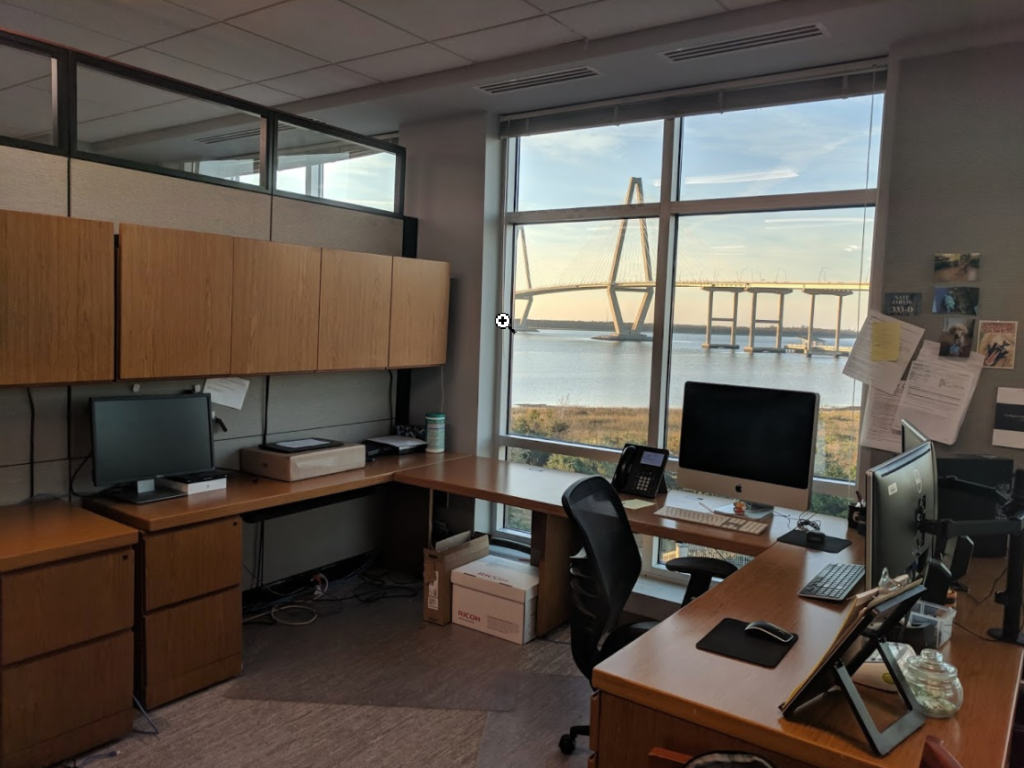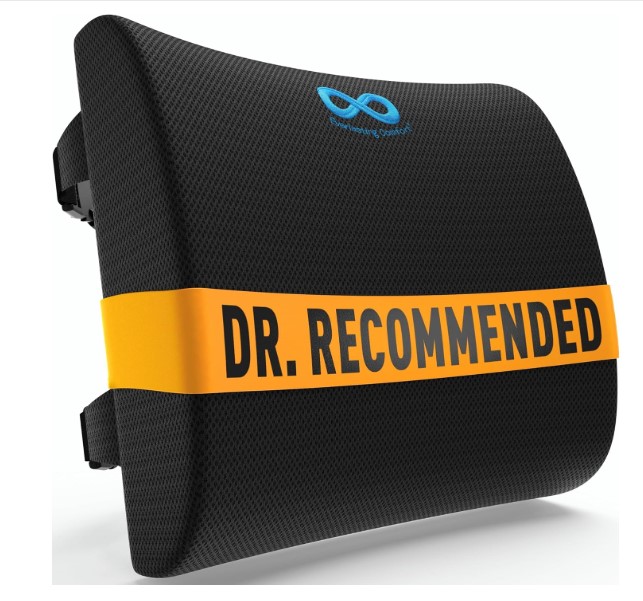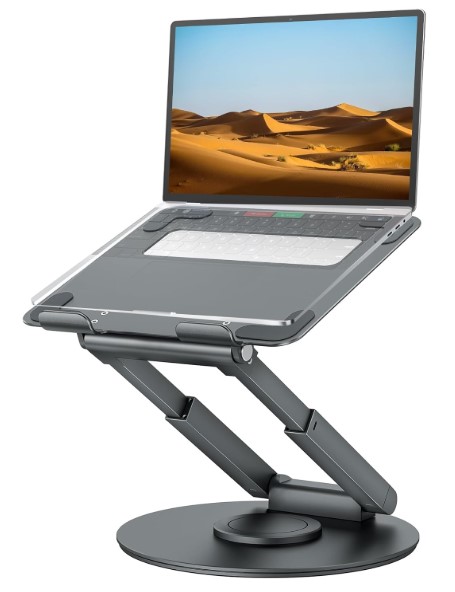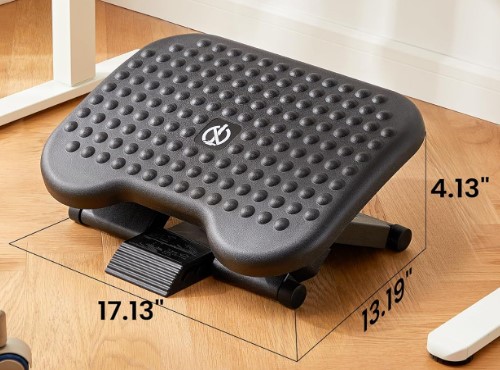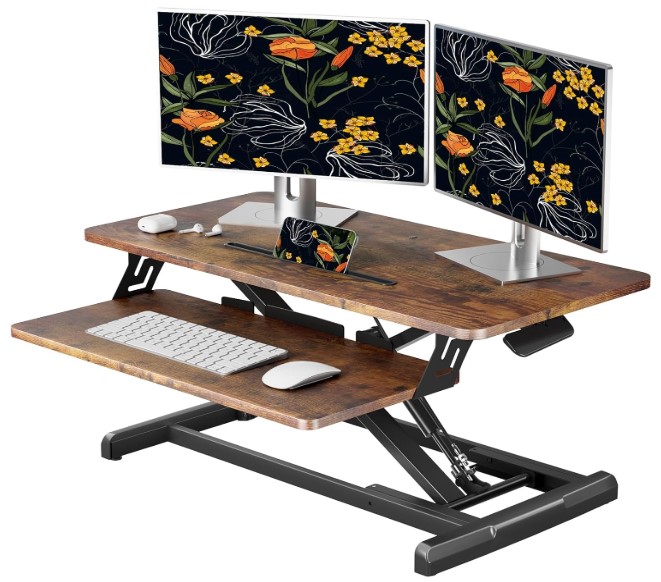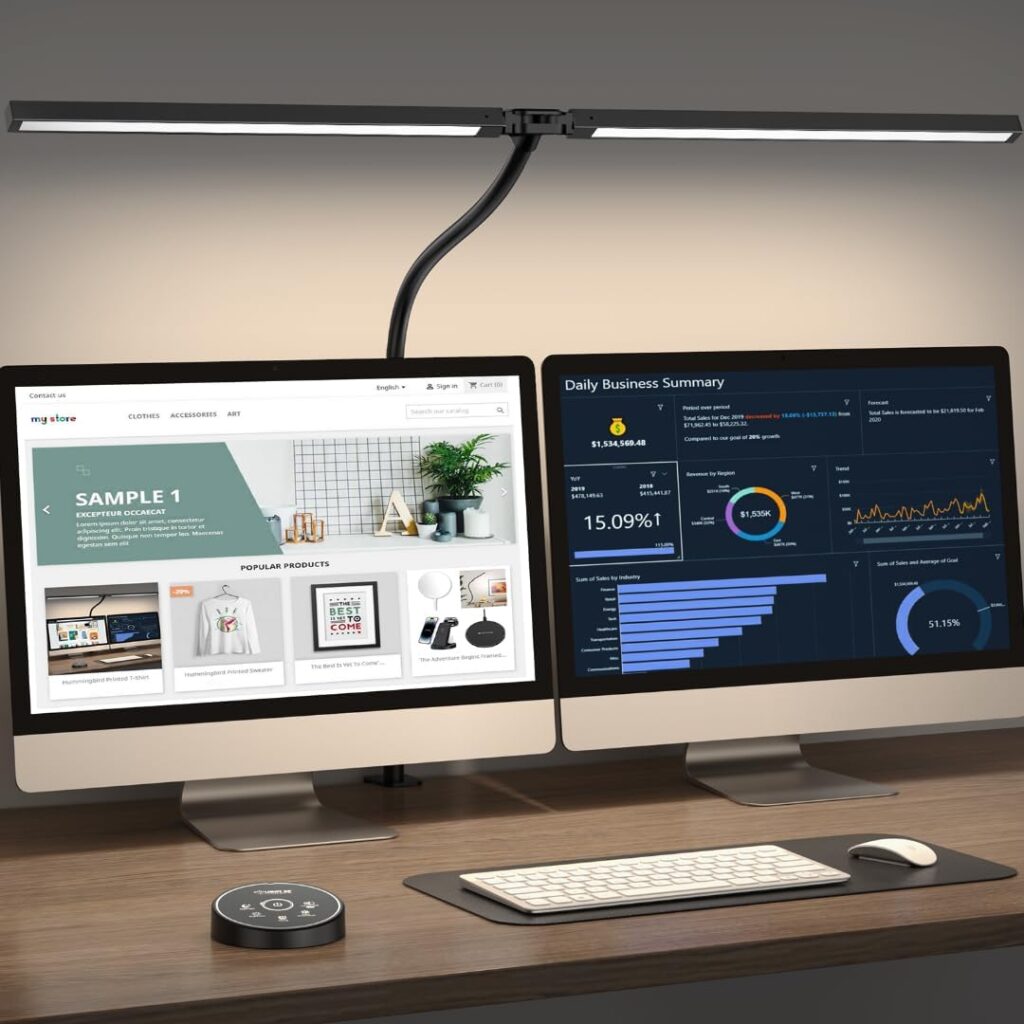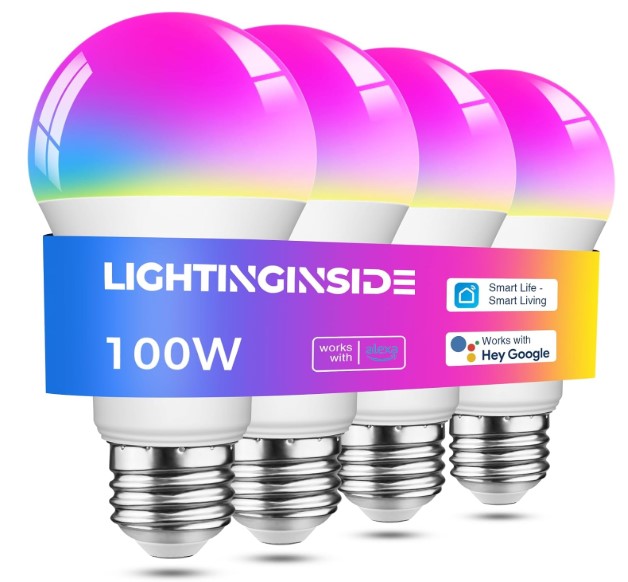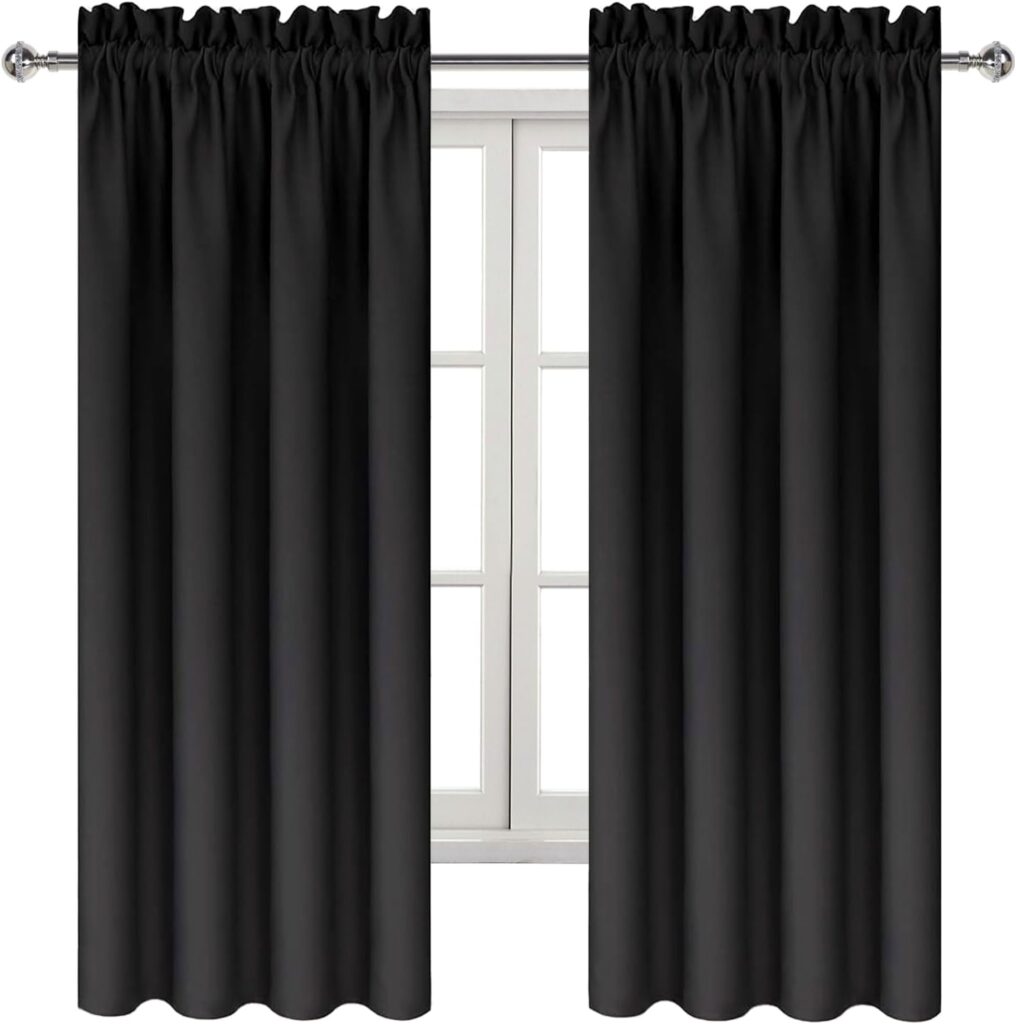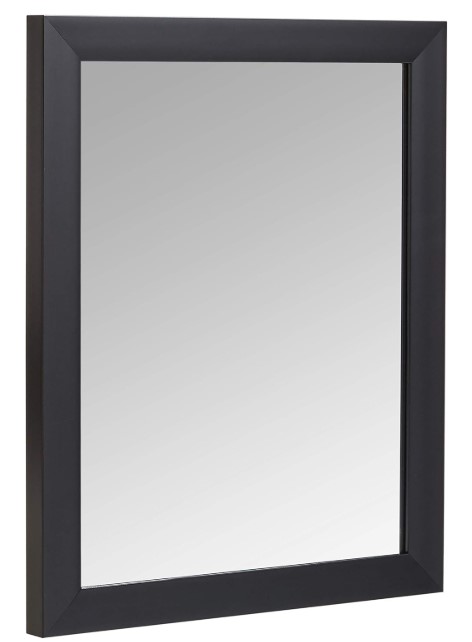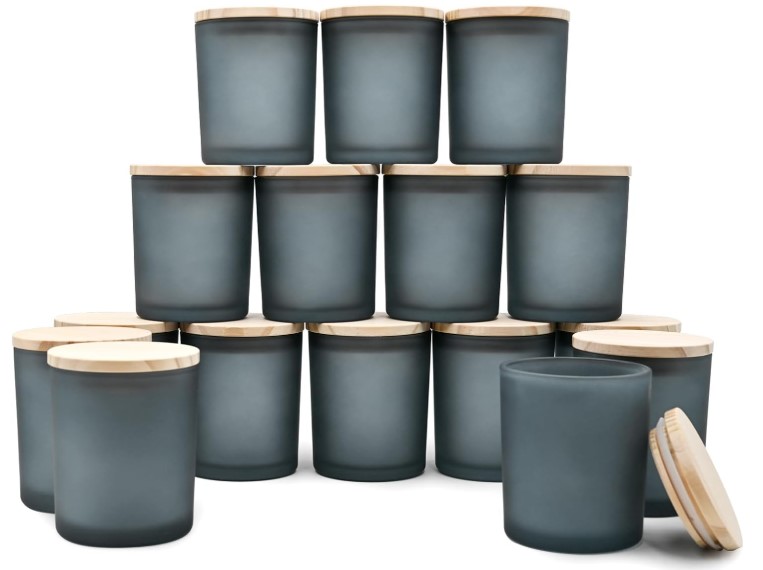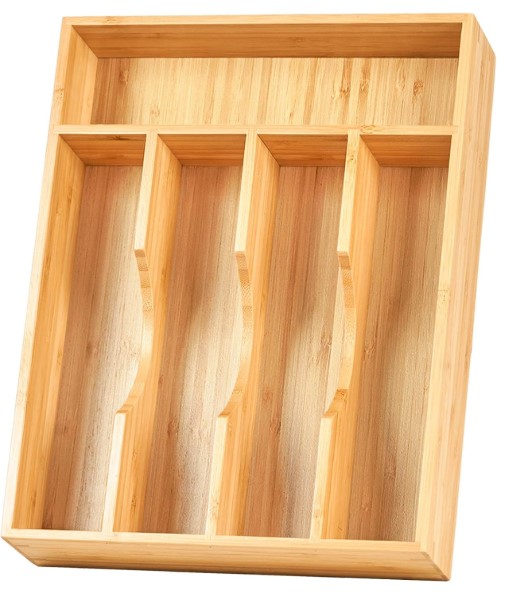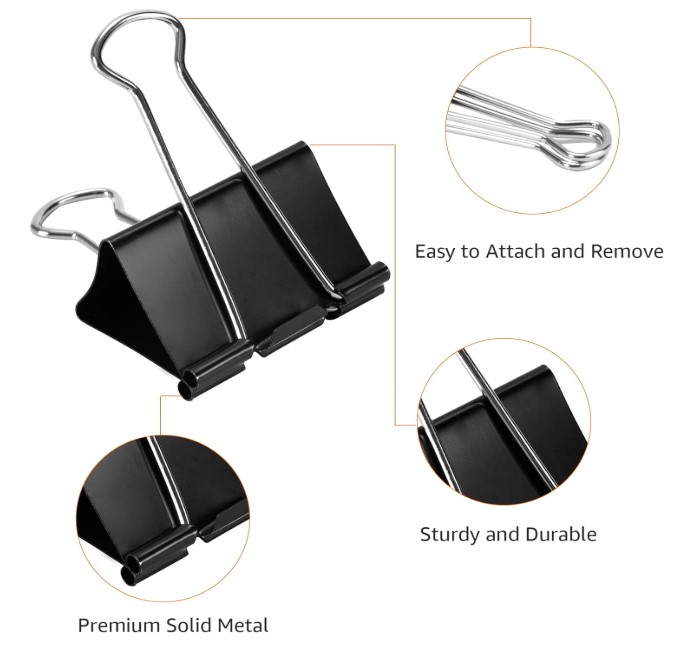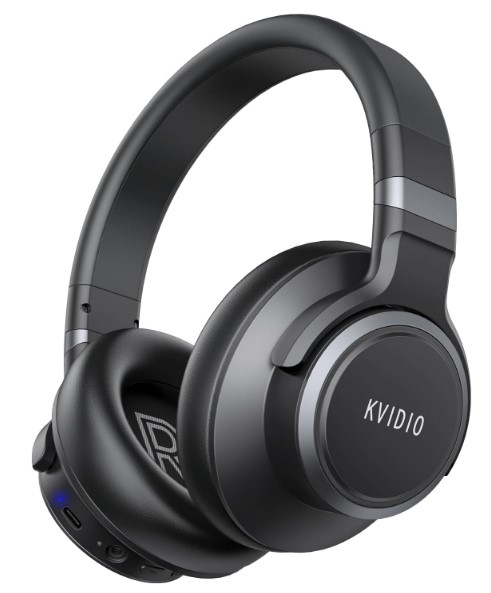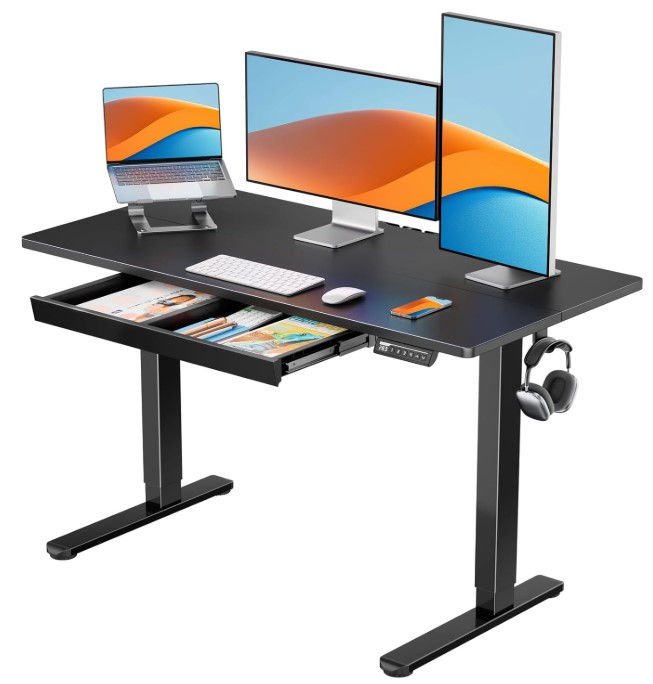As someone who’s spent years optimizing my home office on a tight budget, I’ve uncovered that creating a productive, comfortable, and inspiring workspace doesn’t require a hefty investment. The secret comes from selecting the right accessories that offer the most impact at a minimal cost.
In this comprehensive guide, I’ll share my insights on budget-friendly accessories that can significantly enhance your home office experience.
*This website contains affiliate links. As an affiliate, we may earn a commission on qualifying purchases made through these links, at no additional cost to you.*
The Ergonomic Revolution: Affordable Comfort
Ergonomics plays a crucial role in maintaining health and productivity in your home office. While high-end ergonomic chairs and desks can be expensive, there are many affordable ways to improve your workspace ergonomics.
Lumbar Support Cushions
A simple lumbar support cushion can transform an ordinary chair into a more ergonomic seating option. These cushions, often priced under $20, provide crucial lower back support, promoting better posture and reducing strain during long work hours.
Look for cushions with adjustable straps to confirm a secure fit on various chair types.
Adjustable Laptop Stands
An adjustable laptop stand is one of the most impactful and affordable ergonomic upgrades you can make. These stands, typically priced between $20 and $50, elevate your screen to eye level, reducing neck strain and improving posture.
When paired with a separate keyboard and mouse, this setup mimics the ergonomic benefits of a desktop computer at a fraction of the cost.
When choosing a laptop stand, consider factors such as:
- Height adjustability
- Portability (if you need to move your setup often)
- Ventilation features to prevent laptop overheating
- Compatibility with your laptop size
Wrist Rests
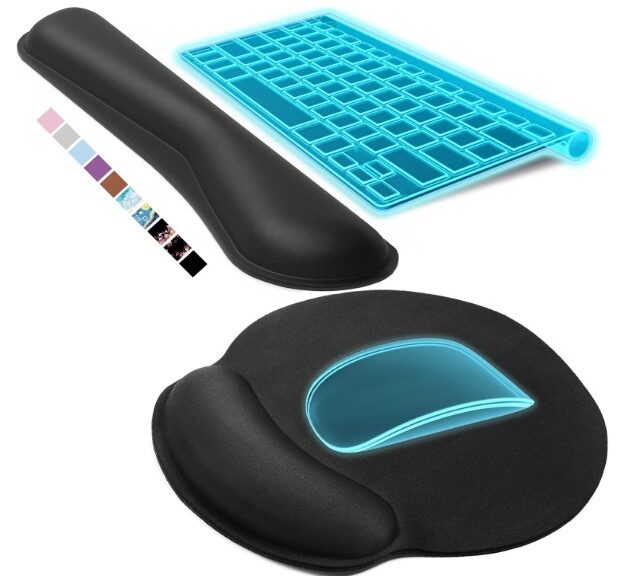
Wrist rests for your keyboard and mouse provide essential support, helping to prevent repetitive strain injuries like carpal tunnel syndrome. Memory foam options offer a good balance of comfort and support.
Look for wrist rests with non-slip bases to keep them securely in place on your desk.
Footrests
An often-overlooked ergonomic accessory, a footrest can significantly improve your sitting posture and reduce lower back strain. Budget-friendly options include inflatable footrests or simple wooden designs. If you’re feeling creative, a sturdy box or a stack of books can serve as a DIY footrest.
DIY Standing Desk Converter
For those interested in trying a standing desk without committing to an expensive electric model, consider a DIY standing desk converter. Use sturdy boxes or affordable shelving units to create a raised platform for your laptop or watch.
This allows you to alternate between sitting and standing throughout the day, promoting better circulation and energy levels.
Remember, ergonomics is highly personal. Take time to adjust and fine-tune your setup until you find the most comfortable and supportive configuration for your unique needs.
Lighting the Way: Affordable Illumination Solutions
Proper lighting significantly affects productivity, eye health, and overall well-being in your home office. Fortunately, improving your office lighting doesn’t have to be expensive.
LED Desk Lamps
LED desk lamps have become increasingly affordable, with many quality options available for under $70. When selecting a desk lamp, look for features such as:
- Adjustable brightness levels
- Color temperature settings (warm to cool light)
- Flexible arm for directional lighting
- USB charging ports for added convenience
These features allow you to customize your lighting throughout the day, mimicking natural light patterns and reducing eye strain.
Warm White LED Light Strips
USB-powered LED light strips offer a versatile and budget-friendly lighting solution. Place them behind your monitor or under shelves to create ambient lighting that reduces contrast and eye fatigue.
Many of these strips come with adhesive backing for easy installation and removal.
Smart Bulbs
While slightly pricier than standard bulbs, smart bulbs offer excellent value for their versatility. They allow you to adjust brightness and color temperature from your smartphone or through voice commands.
This flexibility enables you to create different lighting scenes for various tasks or times of day.
Natural Light Optimization
Maximize the natural light in your workspace by strategically placing your desk near windows. Use sheer curtains to diffuse harsh sunlight and reduce glare on your screen.
If privacy is a concern, consider window films that allow light in while obscuring the view from outside.
Reflective Surfaces
Incorporate reflective surfaces to bounce light around your space and brighten dark corners. A well-placed mirror can dramatically increase the perceived brightness of your office.
Similarly, light-colored desk accessories and wall paint can help reflect light and create a brighter workspace.
Organization on a Budget: Declutter for Success
A clutter-free workspace promotes focus and efficiency. Organizing your home office doesn’t require expensive storage solutions – with some creativity, you can achieve a tidy workspace on a budget.
Repurposed Containers
Before buying new organizers, look around your home for items that can be repurposed:
- Mason jars for storing pens and small office supplies
- Empty candle jars for paperclips and thumbtacks
- Shoe boxes covered in decorative paper for larger items
- Tin cans wrapped in twine or fabric for a rustic pen holder
DIY Desk Organizers
Create custom desk organizers using affordable materials:
- Use a wooden cutlery tray as a desk drawer organizer
- Glue small terra cotta pots together for a unique pen and pencil holder
- Repurpose a dish drying rack as a vertical file organizer
Vertical Storage Solutions
Maximize vertical space with affordable solutions:
- Install floating shelves for books and decorative items
- Use a pegboard with hooks for frequently used tools and supplies
- Hang fabric pockets on the back of your office door for extra storage
Cable Management
Tame misbehaving cables with these budget-friendly solutions:
- Use binder clips attached to the edge of your desk to guide and separate cables
- Repurpose toilet paper rolls as cable organizers inside a drawer
- Use zip ties or velcro straps to bundle cables together
Digital Organization
Leverage free digital tools to reduce physical clutter:
- Use Google Drive or Dropbox for file storage and sharing
- Implement a digital note-taking system like Evernote or OneNote
- Utilize project management tools like Trello or Asana for task organization
Sound Solutions: Creating a Productive Auditory Environment
A quiet, focused environment is crucial for productivity. Here are some budget-friendly ways to improve your auditory environment without investing in expensive soundproofing.
Budget Noise-Cancelling Headphones
While high-end noise-cancelling headphones can be pricey, there are now many budget-friendly options available for under $50 that offer decent noise cancellation. When choosing budget headphones, consider:
- Battery life
- Comfort for extended wear
- Bluetooth connectivity
- Microphone quality for calls
White Noise Machines and Apps
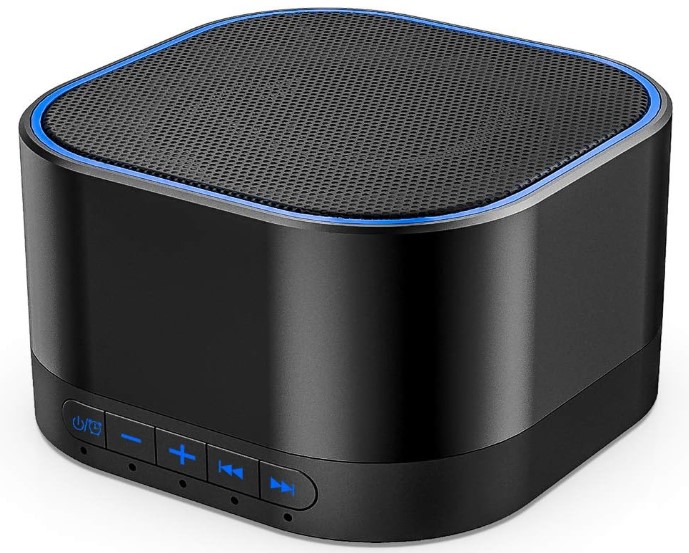
White noise can mask distracting sounds and create a consistent auditory backdrop. Consider:
- Affordable white noise machines (often under $30)
- Free white noise apps offering a variety of sounds
- YouTube videos with hours of white noise or nature sounds
Experiment with different sounds to find what works best for your concentration.
DIY Sound Absorption
Improve room acoustics with these budget-friendly ideas:
- Hang thick curtains or blankets on walls to absorb sound
- Place a small area rug to reduce echo
- Use weatherstripping tape around doors to seal sound leaks
- Create DIY acoustic panels using foam and fabric
Nature Sounds
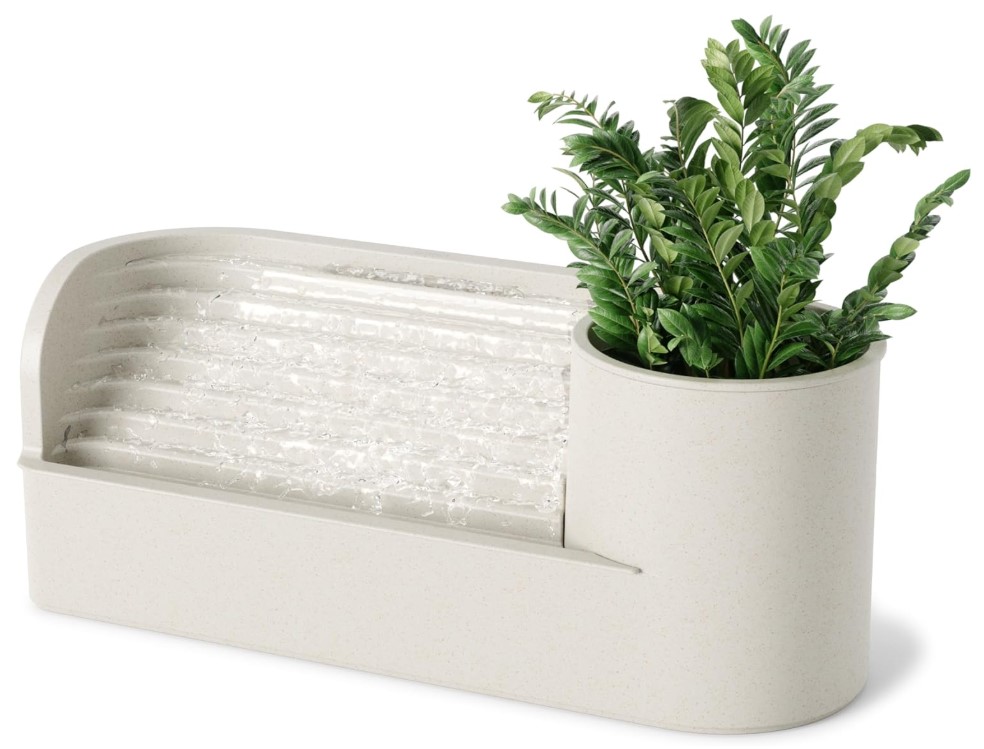
Incorporate nature sounds into your work environment:
- Use free apps or websites that offer nature soundscapes
- Set up a small desktop water fountain for gentle, natural white noise
- Open windows (if outside noise isn’t an issue) to let in natural sounds
Convertible Furniture
Invest in furniture that serves many purposes:
- Choose a desk with built-in storage
- Use an ottoman with storage as extra seating and file storage
- Select a transformer table dining table that can double as a large work surface when needed
Key Takeaways
- Ergonomic improvements can be made with affordable accessories like laptop stands, lumbar cushions, and wrist rests.
- Proper lighting can be achieved with budget-friendly LED lamps, light strips, and creative use of reflection.
- Organization doesn’t have to be expensive – repurpose everyday items and use vertical space effectively.
- Create a productive auditory environment with budget noise-cancelling headphones or white noise apps.
- Incorporate nature into your workspace with low-maintenance plants or natural materials for a biophilic design.
- Small comfort boosters like a good water bottle or desk fan can significantly improve your work experience.
- Flexibility can be achieved with affordable solutions like folding shelves and rolling carts.
- DIY solutions often provide the most budget-friendly and personalized options for home office improvements.
- Digital tools and apps can complement physical organization methods and increase overall productivity.
- Regular adjustments and personalization of your workspace are key to maintaining comfort and efficiency in your home office.
